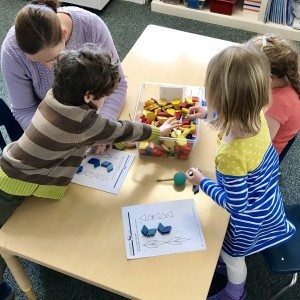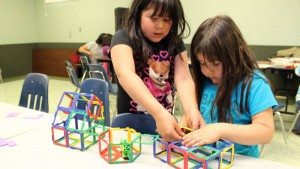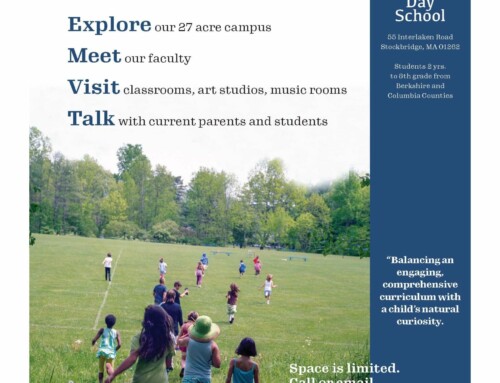I received this article after an inspiring visit to our First and Second Grade classroom. Perfect!
When Nicole Thomson first heard about the importance of teaching spatial reasoning and geometry in her kindergarten math curriculum she had already been teaching for several years. Her teacher training program hadn’t mentioned these skills, and yet at a professional development session for math teachers a group of researchers from the University of Toronto explained the large body of research that ties spatial reasoning skills to future success in math and reading. The National Council of Teachers of Mathematics (NCTM) recommends that spatial reasoning should be a large focus of preK – 8th grade math education.
“At first we had no idea what it meant,” Thomson said, but as the researchers explained cognitive science studies showing the power of spatial reasoning in the early grades they were gradually convinced that it was worth trying. Early elementary teachers like Thomson in select Rainy River District schools began using Math For Young Children lessons designed by the researchers.
The lessons focus on specific spatial reasoning skills like mental rotation, visual spatial reasoning, and spatial vocabulary all done in a playful, exploratory style that is developmentally appropriate for students ages four to eight.
“On day one of our professional development, we would work with kids and directly show how these ideas play out in classrooms or with kids,” said Zachary Hawes, a doctoral candidate in the Numerical Cognition Laboratory at the University of Western Ontario. He is one of the primary researchers on the Math For Young Children project along with Joan Moss and Bev Caswell. Including students in the professional development trainings gave teachers a chance to see the lessons in action and helped them imagine how they could bring them back to their classrooms.
“We would take those lessons and games and think about what else we could do with these. How could we extend it, what could we try?” Thomson said. She and her colleagues would take the lessons researchers developed in a lab and try them out in their classrooms, returning to the next professional learning session with feedback and examples of how they’d modified or extended activities.
“Everything is supposed to be exploratory and it comes from the kids,” Thomson said. She noted they particularly love pattern blocks, which are like puzzles to them and tend to calm them down. She doesn’t ever lecture her students on how to use the spatial reasoning tools, but rather sets kids a challenge and lets them figure out how to put the blocks together. Often she’ll lead them in one group activity and then leave the materials out around the room so kids can play with them during free time as well.
You can read the full article here.



